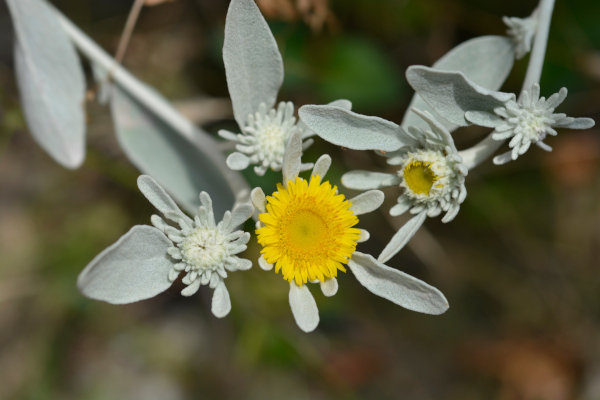How to grow Inula
There are around 100 species of this yellow-flowered member of the daisy family, varying greatly in size from just a few centimetres tall to over 3 metres. They come from a range of habitats throughout Europe, Africa, and Asia, though as a general rule all prefer reliably moist conditions. Inula flowers can be recognised by the very narrow ‘petals’ (technically florets), with a common foliage characteristic being large leaves at the base (sometimes enormous and a feature in their own right), with progressively smaller stem leaves. Some species are rhizomatous and spreading, while others are clump-forming.
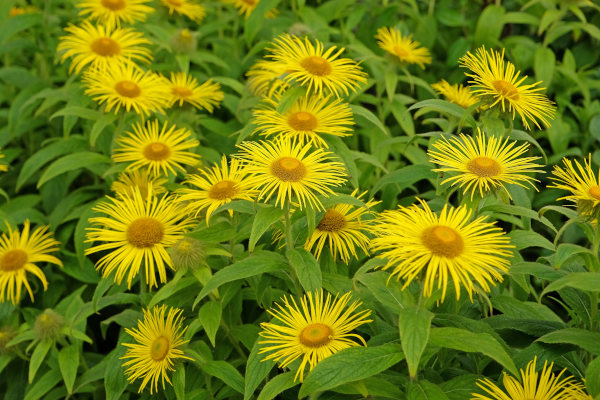
Zantedeschia is a genus of flowering plants from the family Araceae and is native to southern Africa. With a rich history dating back to the Ancient Romans, these deciduous or semi-evergreen perennials have been used as a symbol of celebration. Zantedeschia was Named after Professor Giovanni Zantedeschia, an Italian botanist.
There are two main forms of Zantedeschia: hardy and tender. Hardy forms of the plant can be grown outdoors, enjoy moist soil and full sun or partially shaded conditions - these are known as Arum lilies. Tender forms of Zantedeschia prefer being grown in containers or pots and should be brought inside over the winter - these are known as Calla lilies.
With tuberous flora in all colours from whites, yellows and oranges to deep reds and purples, Zantedeschias are not to be overlooked in any garden, as long as they have sufficient sunlight to grow in.
Ready to learn more about growing Zantedeschia? Read on for all there is to know...

Key Information
Soil pH
Position
Hardiness


Where & when to plant Inula
Position - Most species need full sun. The exceptions are Inula helenium which tolerates partial shade, and Inula hookeri which prefers partial shade.
Soil - Deep, fertile, reliably moist, well-draining. Avoid waterlogged soil, apart from for Inula magnifica which grows happily in boggy conditions.
Flowering Period - Summer, with some species lasting into autumn.
Hardiness - All species are hardy, rated either H6 (-15 to -20°C), or H7 (as hardy as it gets; -20°C and beyond).
For best results, plant in autumn or spring. An autumn planting can be done by those gardening in mild conditions (and broadly speaking, this is the southern half of the UK). For those liable to cold winters, it is best to wait until spring (generally the northern half of the UK). Planting can also be carried out in summer, though be prepared to water regularly.
Low growing species such as Inula ensifolia ‘Compact’ are ideal for a rock garden or front edge of a border. Taller species like Inula racemosa and Inula magnifica do well in a wild garden or middle to back of a border, while UK native wildflower Inula helenium is often included in an herbal garden – its roots traditionally used to make cough medicine. Inula is also a good choice for growing beside a pond. Note that taller species may need some form of support, particularly if grown in an exposed, windy spot.
Inula enjoys growing in deep soil, and rhizomatous species need plenty of ‘elbow room’ for their naturally spreading tendencies. This plant tends therefore to do better in the open ground than a container, however if you do wish to grow in this way, go for a smallish, clump-forming species (Inula hookeri, Inula royleana) and use as deep a pot as you can.
How to plant Inula
- For planting in the garden, dig the soil area removing any large stones and weeds and breaking up any lumps. Mix some organic matter such as manure or garden compost. Rake level and firm with your heels. Rake level again.
- Water plant well and allow to drain before planting.
- Dig a hole twice the size of the root-ball.
- Place the plant in the hole, ensuring the top of the root ball sits level with the surface of the soil. Too low and the plant may rot, too high and the roots can dry out.
- Backfill with soil and firm in gently with your foot.
- Soak well with water.
- Mulch around the base with well-rotted organic matter.
- For planting in a container, find a deep, large pot with plenty of drainage holes. A saucer placed beneath the pot is recommended, to help maintain consistent moisture levels in the compost.
- If you are using a heavy pot, it can be a good idea to fill and plant it in situ to save yourself the trouble of moving once full.
- Use a good quality potting compost with plenty of horticultural grit mixed in, and, if not already present in the compost (check the description on the bag) some slow-release fertiliser granules.
- Start by partially filling the pot with compost; enough so that when placed on it the upper surface of the root ball is about 3cm lower than the top of the pot.
- Infill all the space surrounding the root ball with compost, firming down with your fingers then adding a little more so the plant is held tight.
- Pick up the container and lightly tap on the potting bench or ground a few times to help further settle the compost around the plant.
- Soak well with water.
- A mulch with horticultural grit will look attractive and help to prevent a ‘cap’ or crust forming on the top of the compost (something container plants can suffer due to the artificial nature of their watering).
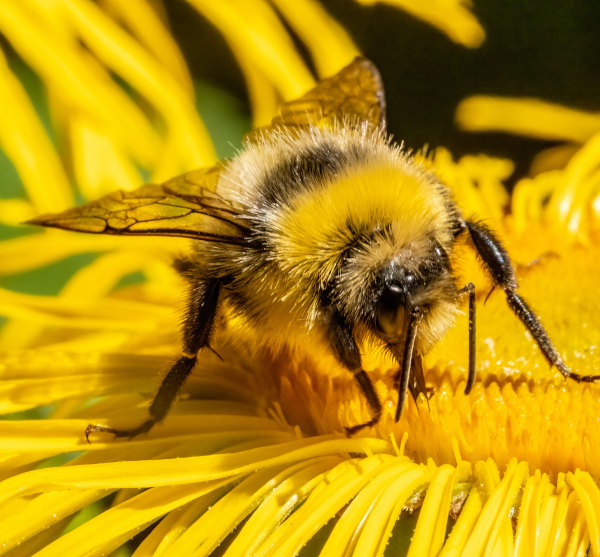
What to plant with Inula
If you have the reliably moist and sunny conditions needed to grow inula, you’re on track to have great success with many similarly inclined plants, including helenium, persicaria, lythrum, hydrangea, sanguisorba, lysimachia, rodgersia, and molinia.
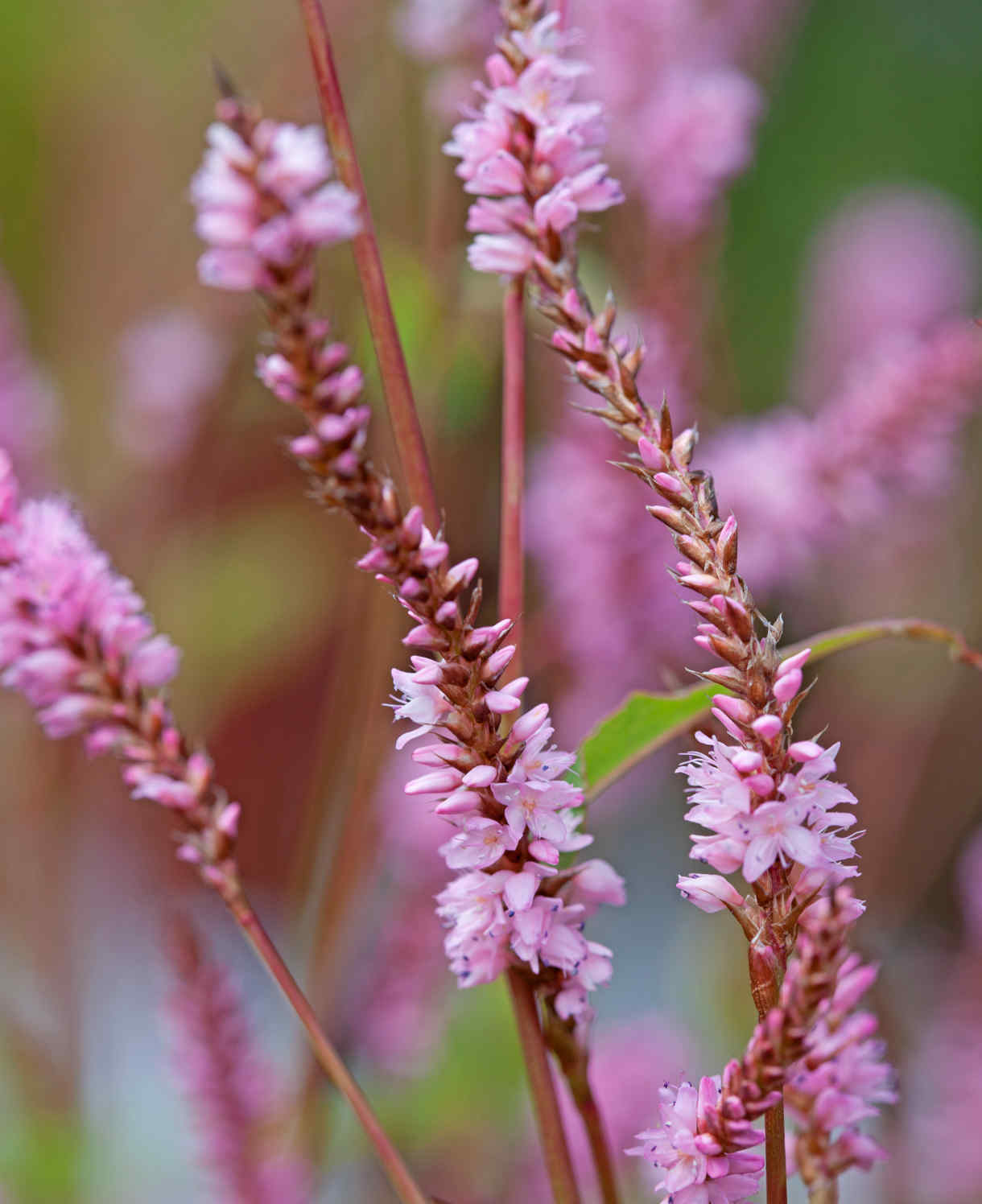
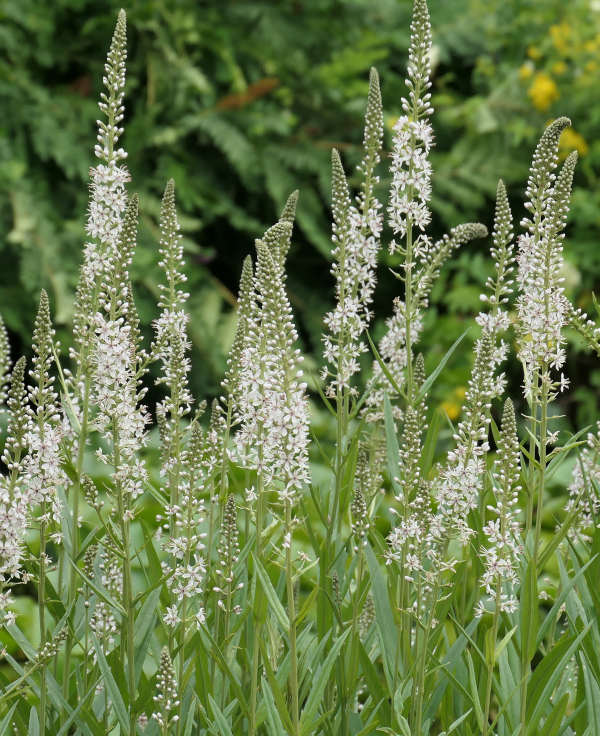
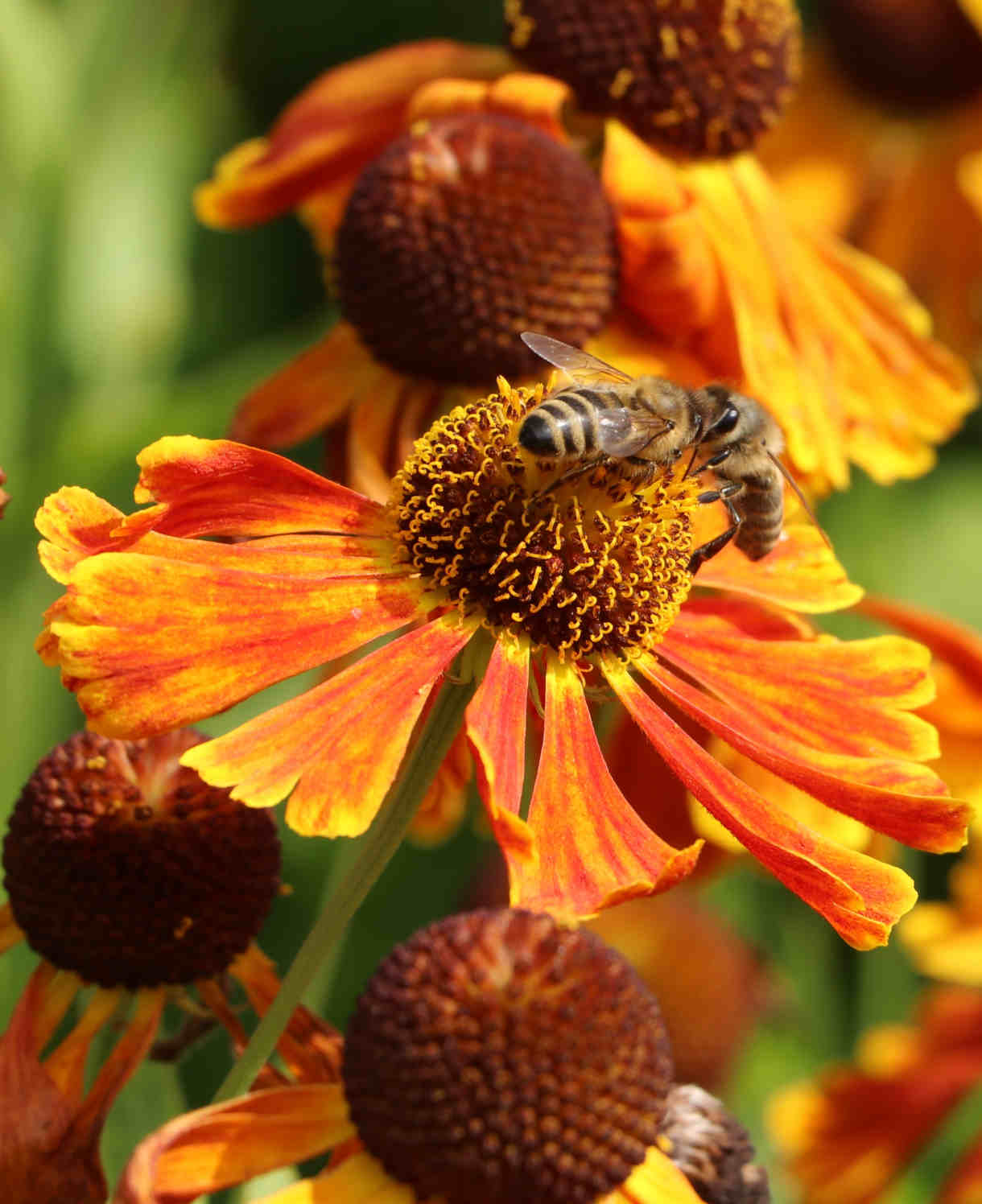
How to care for Inula
Pruning and Deadheading
Cut back stems and foliage to ground level. This can be done in autumn, though leaving it until early spring is better for overwintering insect populations.
Watering
Inula enjoys consistently moist conditions and does best when not allowed to dry out. Give a good soak on initial planting, then a few more in the early weeks and months of its first growing season in the ground. Allow the top few centimetres of soil to dry out each time to avoid overwatering – to check, wiggle a finger down into the soil until you feel moisture.
In a moisture-retentive soil and with a generous layer of mulch once or twice a year (see next section), inula may need watering only in prolonged periods of hot, dry weather, while in drier soil conditions it will be glad of more help.
Containers require even more watering still. Place a saucer under the pot to help conserve moisture levels, and water freely throughout the growing season.
Feeding
On healthy, fertile soil, a mulch of well-rotted organic matter (i.e., a layer of manure or garden compost applied to the soil around the plant) should provide sufficient nutrients for your inula. This has the added benefit of suppressing weeds and locking in much-needed moisture. Autumn or spring are the best times to mulch – aim for at least one mulch per year, though two is better.
If your plant looks in need of an extra boost or you garden on poor soil, applying a general purpose granular feed to the surface of the soil and lightly working in (known as a ‘top dress’) can reap benefits. Do this in spring, and then again in midsummer if needed.
Permanently container-grown plants rely more on the gardener for nutrition. Get off to a flying start by making sure you use a good quality compost, then throughout the growing season (March to September) apply a liquid feed at regular intervals according to its instructions.
Cold Protection
Inula is hardy enough to withstand a UK winter without the need for additional protection.
Pests and Diseases
Inula is largely trouble-free, though may occasionally suffer from powdery mildew. This is a fungal disease which appears as a white, powder-like coating on foliage and is generally a sign that the plant is suffering drought stress.
Prune off and dispose of any affected leaves, soak thoroughly with water, and mulch. Do not be tempted to give the plant extra feed, as this will generate an excess of soft, new growth which is particularly susceptible to the fungus.
How to propagate Inula
The quickest and easiest way to propagate inula is to lift and divide established clumps in spring or autumn. As well as providing new plants this is recommended as a routine maintenance practice, done every few years to maintain the vigour of existing clumps. You’ll know it’s time to do this when the centre of the clump begins to die out, creating a ‘donut’ effect.
- Choose a day when the soil is not frozen or waterlogged.
- Dig the plant out of the ground.
- Shake off any excess soil.
- Separate the plant into sections using either swift, cutting blows with a sharp spade, or two forks inserted back-to-back with tines touching, handles then pushed together to prise the plant apart.
- Discard old, damaged, or surplus pieces, keeping healthy, vigorous material.
- Replant decent-sized pieces where desired, and any smaller bits can be potted up.
- Water well until fully established.
Another option is to collect and sow seed in containers in a coldframe in autumn or spring:
- Seeds are typically ready for collecting in late summer when they are dark in colour and come away from the head easily.
- On a dry day, cut spent flowerheads from the plant and shake or rub the seeds into a paper bag.
- Whether sowing in autumn or spring, fill several 9cm pots with a well-draining compost mix, compressing the surface lightly with a flat piece of wood or the bottom of another pot.
- Sow seeds thinly on the surface, then cover with a layer of perlite.
- Water gently with a fine spray until the compost is evenly moist but not waterlogged.
- Place the pots outdoors in a coldframe, lid ajar.
- Once the seedlings are large enough to handle and have developed their first set of ‘true leaves’, prick out into individual pots.
- Grow on, gradually opening the lid of the coldframe as the plants increase in size.
- Plant out as above.
* Many plants carry Plant Breeders Rights and cannot be propagated for commercial purposes.
Common Inula questions
Is inula good for wildlife?
Finches and linnets are known to feed on the seeds of the UK native species Inula helenium, so do try to leave spent flowerheads intact for as long as you can.
Is inula invasive?
Rhizomatous species ( ensifolia, I. helenium, I. orientalis) have a spreading habit and can become somewhat invasive if left unchecked. An annual removal of unwanted growth should keep things under control.
Is inula a perennial?
While there are species of inula which are annual, biennial, and subshrubs, those which are widely grown (and mentioned in this growing guide) are herbaceous perennials. They can be expected to die back for winter and re-emerge each spring.
What’s the best way to prevent taller species from blowing or flopping over?
Supports such as metal link stakes or a network of twigs and branches inserted into the soil are the best way to keep tall plants remaining upright. Remember, when it comes to supporting plants prevention is better than cure: plants which have grown up through supports installed early in the year (spring) look much better than those hastily hoisted up once already in a state of collapse.
